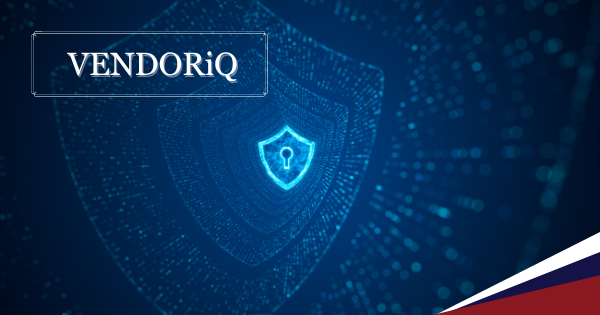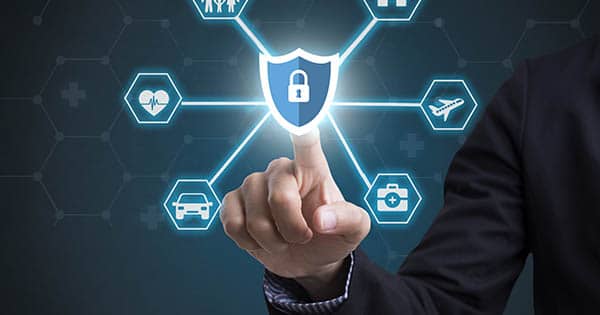
VENDORiQ: Secure Code Warrior Adds a Yardstick for Secure Coding Skills
IBRS analysis sheds light on the importance of continuous measurement of secure coding skills and industry benchmarks for cybersecurity readiness.

IBRS analysis sheds light on the importance of continuous measurement of secure coding skills and industry benchmarks for cybersecurity readiness.

A cyber compromise via third parties is an increasingly common attack vector.

Recent changes bring the Essential Eight closer to real world relevance – time to look at it closely.

The Essential Eight is what it advertises – eight key mitigation strategies that work together primarily to prevent and limit cyber incidents. It has rightly become a widely adopted baseline for Australian organisations in and beyond the public sector. But it explicitly states that it is not a complete security strategy, and this assertion is correct. Organisations need to understand what Essential Eight does and does not cover, and use this to plan their next steps.

In November 2023, the Federal Government released the 2023–2030 Australian Cyber Security Strategy. How will it impact your organisation?

Uncover the potential game-changing benefits of Cisco’s enhanced security and AI capabilities for enterprise network management and cybersecurity.

Discover the potential benefits of using diverse data in fraud detection. This IBRS special report will show you how big, diverse data can help businesses prevent fraud and improve customer experience.

ABC News recently highlighted a concerning development, shedding light on the activities of the Russian ransomware group AlphV. This underscores the ever evolving threat of ransomware attacks and the importance of staying vigilant in the face of such cyber threats.

Reacting to a cyber incident can be daunting, but panicking and making mistakes can worsen the situation. Learn how a digital forensics incident response (DFIR) retainer can help you minimise the impact and ensure timely access to expert help.